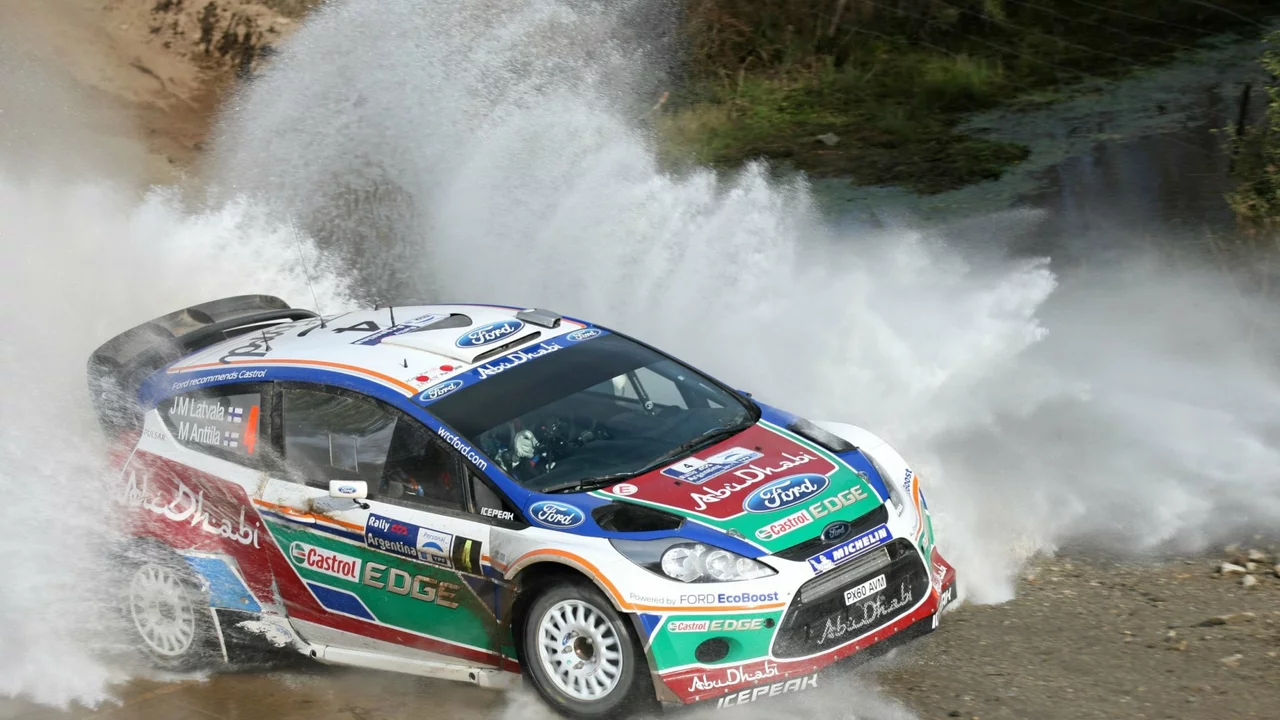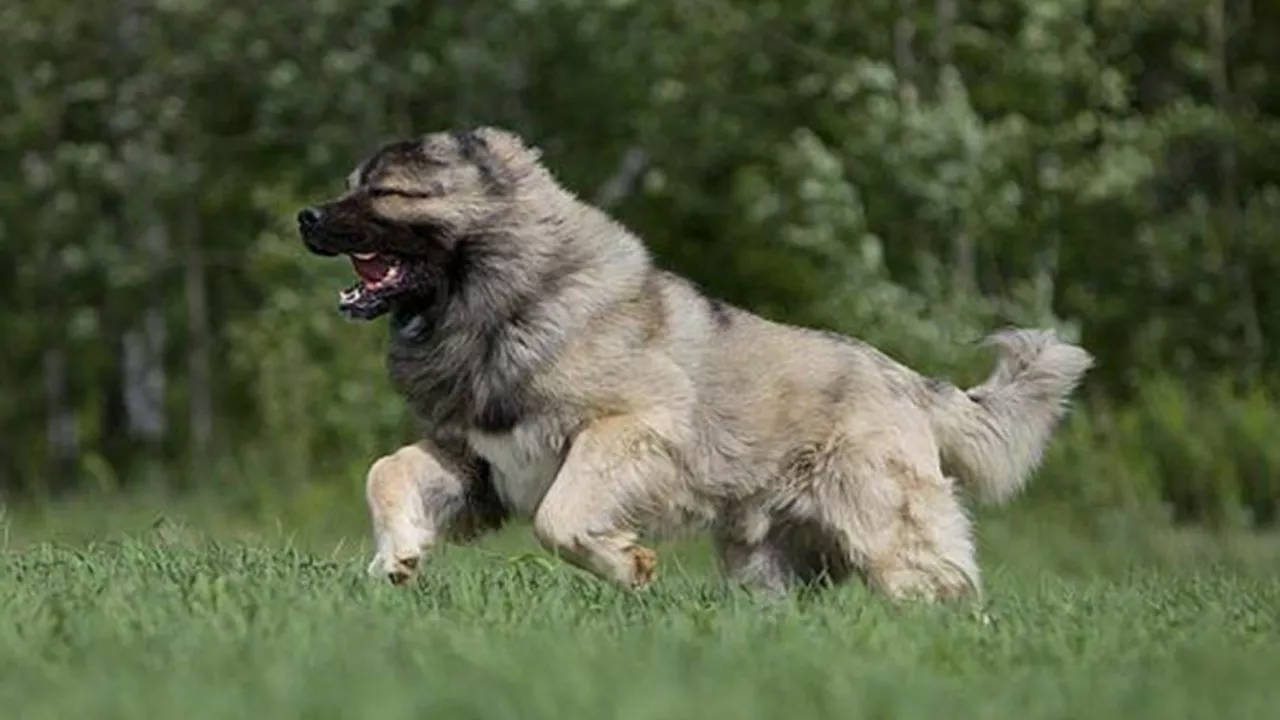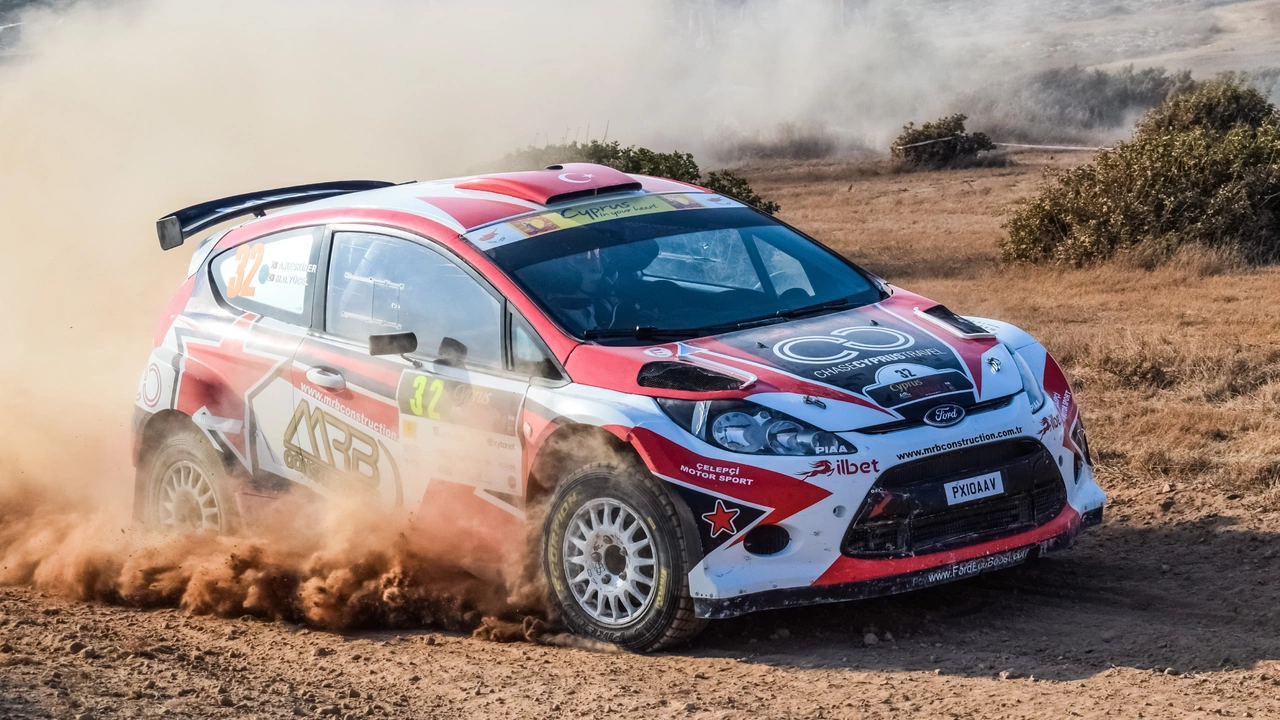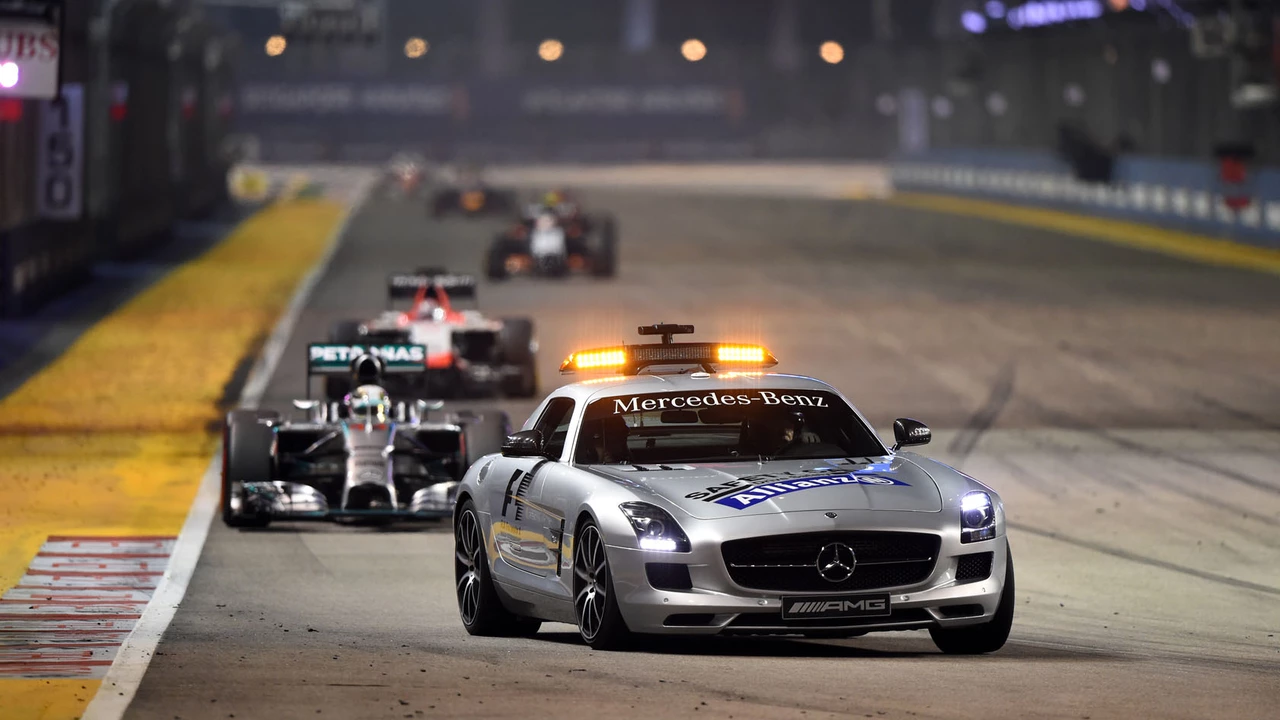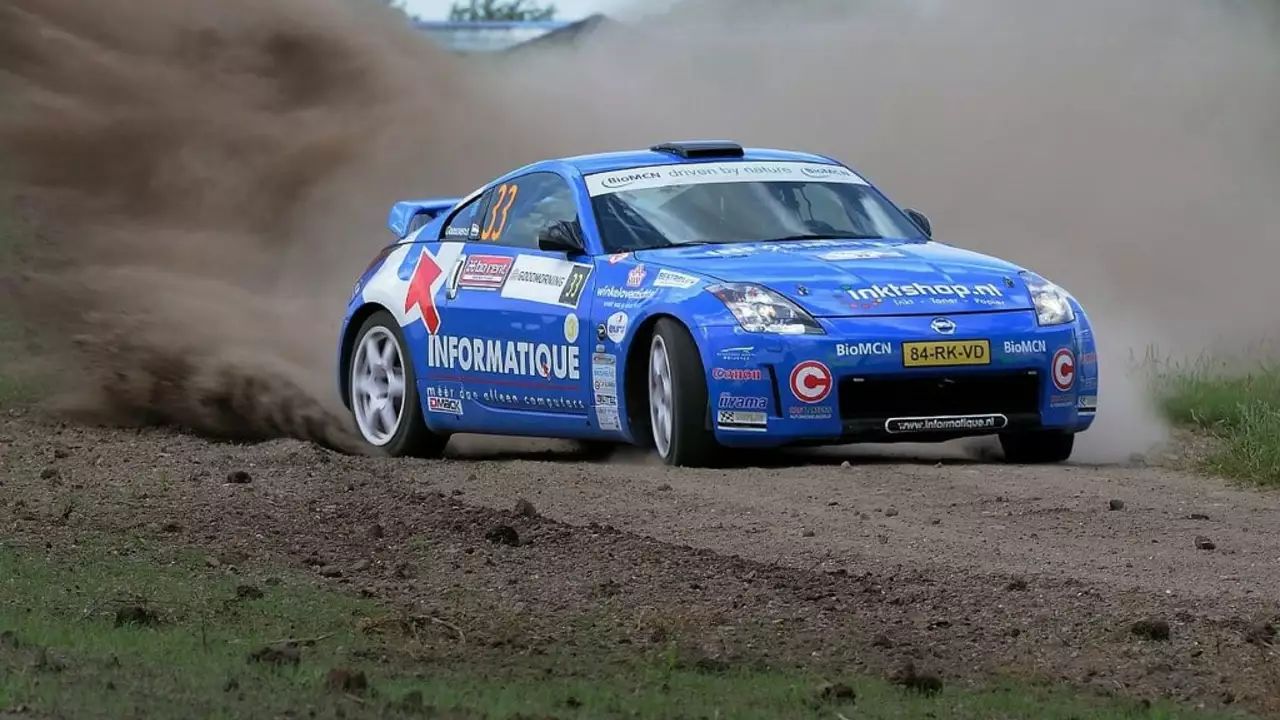July 2023 Rally Round‑Up: Tips, Speed Stats and More
Welcome to the July archive of the UK Endurance Rally Hub. We packed this month with bite‑size guides that answer the questions you actually ask – from getting a teen behind the wheel to figuring out how fast a rally car really goes.
Start Young: Rally Racing for Teens
If you’re a teenager dreaming of dust‑kicking rallies, the first step is simple: sign up for a rally school. Those courses teach you clutch control, cornering on loose surfaces and the safety basics you can’t skip. Pair the classroom time with a basic mechanic’s course – knowing how your car works saves time and money on the track.
Don’t forget the teamwork side. Rallying is a two‑person sport; you’ll need a reliable co‑driver who can read pace notes and keep you focused. Practice with a friend on a local gravel circuit before you head to a real event.
Speed, Strategy and Car Choices
How fast do rally cars really go? On straight sections they hit 120‑130 MPH, but most of the action is in tight, twisty sections where control beats raw speed. That’s why you’ll hear drivers talk about “balance” more than “top‑end”.
Speaking of balance, front‑wheel‑drive (FWD) cars often get a bad rap, yet they can shine on icy or snowy stages. Their weight over the driven wheels gives extra grip, and with the right driving style they’re competitive against rear‑wheel‑drive rivals.
Rally vs. F1 strategy? Think endurance versus sprint. Rally drivers adapt to changing surfaces, weather and long stages, while F1 crews obsess over pit stops and tire compounds on a single circuit. Both demand precision, but rally leans on versatility.
We also slipped in a non‑rally post this month – a quick look at caring for a Caucasian Shepherd. Those big dogs need plenty of space, daily exercise and regular grooming to keep their thick coats healthy. If you’re into rugged dogs, the breed’s loyalty matches the rally spirit.
All these pieces share a common theme: preparation beats luck. Whether you’re polishing a car’s suspension, studying pace notes or brushing a shaggy pup, the details make the difference on race day.
Got a question after reading? Drop it in the comments or hit the forum. The rally community thrives on shared knowledge, and the more we chat, the faster we all improve.
That’s the July roundup. Keep an eye on the archive for next month’s deep‑dive into navigation tech and a beginner’s guide to remote‑control rally simulators.
Stay fast, stay safe, and see you on the next stage.
How do I start learning rally racing as a teen?
So, you're a teen and you've caught the bug for rally racing, huh? Welcome to the adrenaline-fueled world of dirt and speed, kid! First things first, get yourself enrolled in a rally school. They'll teach you the basics and get you comfortable with high-speed maneuvers. You'll also need to learn about car mechanics, safety protocols, and the importance of teamwork. And remember, it's not just about being fast, it's about having fun and staying safe! So buckle in, it’s going to be a wild ride!
Read MoreHow difficult is it to take care of a Caucasian Shepherd?
Taking care of a Caucasian Shepherd can be quite challenging. Their size and temperament require a lot of attention, training, and socialization from an early age. Also, they need a lot of physical activity and mental stimulation to prevent boredom and behavioral problems. Their thick coat needs regular grooming to keep it healthy. Despite these demands, the rewards of owning such a loyal and protective breed are immense.
Read MoreHow fast do rally cars go in MPH?
In the thrilling world of rally racing, speed is king. Rally cars can typically reach speeds of up to 120-130 MPH on straight sections of the course, depending on the car and conditions. However, it's important to note, much of rally racing involves navigating tight turns and rough terrain, where precision and control often trump outright speed. So, while these vehicles may not match the top speeds of their track racing counterparts, the skill and agility required in rally racing make it an adrenaline-packed spectacle. After all, it's not just about how fast you go, but how well you can handle the ride.
Read MoreHow does race driving strategy differ between rally and F1?
In comparing rally and F1 racing strategies, the differences are clear. Rally racing is all about endurance and adaptability, as drivers navigate a variety of terrains and weather conditions, often in a single race. In contrast, F1 racing is a precision-oriented sport where every millisecond counts, and the focus is on mastering a specific track. Unlike rally, F1 also emphasizes the importance of pit strategy and tire management. Overall, the two sports require distinct mentalities and skills, reflecting their unique challenges and thrills.
Read MoreIs FWD good for a rally?
After doing some research, it seems that front wheel drive (FWD) can indeed be good for rally racing. Despite some people's reservations, FWD vehicles can handle the twists and turns of a rally course quite well. In certain conditions like ice or snow, they can even outperform their rear wheel drive counterparts. However, it's important to note that driving style and skill are also key factors in rally racing. So, while FWD can be effective, it ultimately comes down to the driver's ability to navigate the course.
Read More